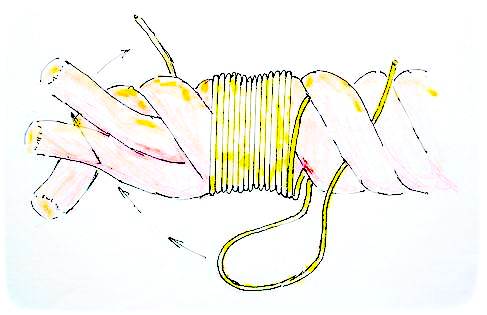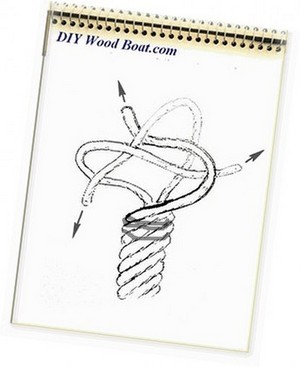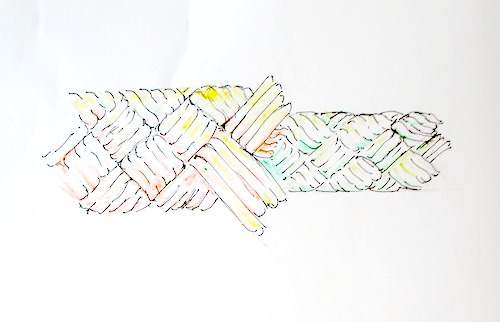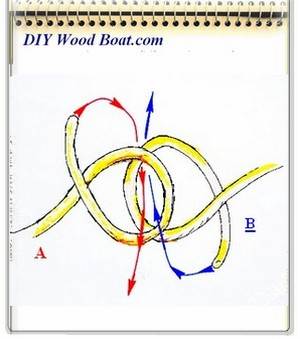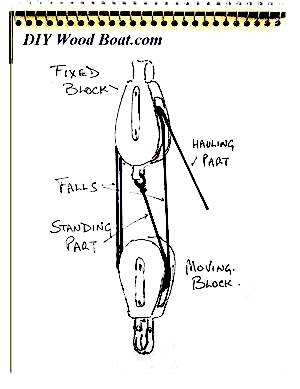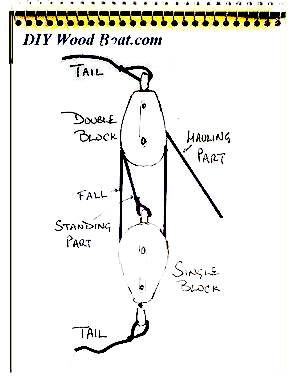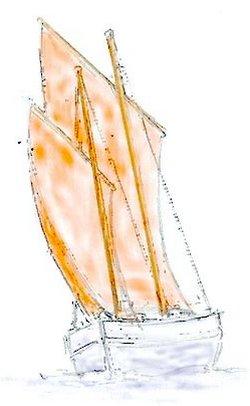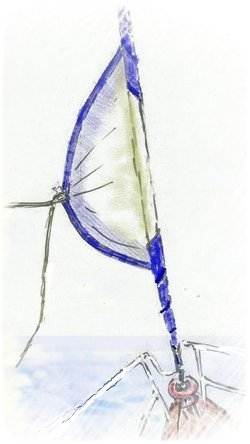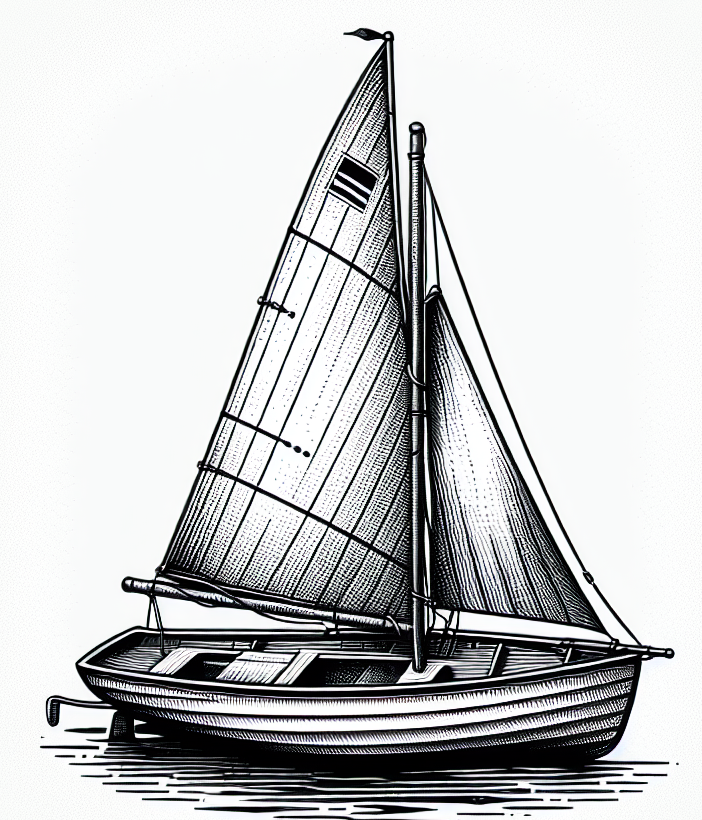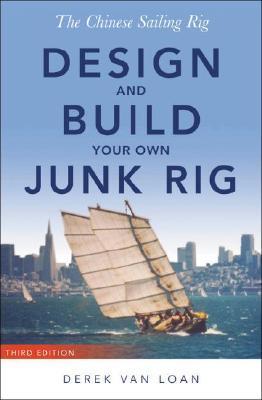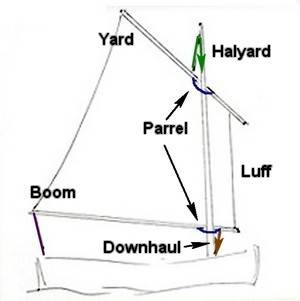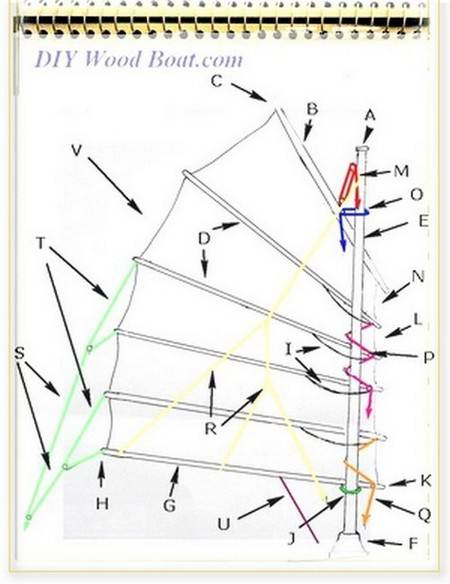- Home
- Your Boats
- Ropes and Rigs
Notes on Ropes and Sailing Rigs.
Learn the ropes, what everyone who goes boating should know.
A basic knowledge about lines, as we boaters prefer to call them and knots is essential for every boater regardless of the size or type of boat.
Using the wrong knot or line could lead to trouble, while getting it right, will enhance your experience on and off the water.
The sensible boater also needs to know how to handle and store all that cordage so that it will be up to the job and ready for any eventuality.

Rope
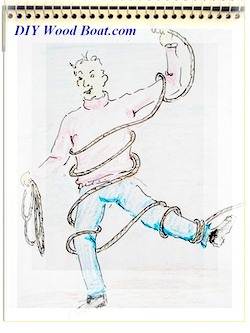
There are wide varieties of lines each with their own uses, as well as a wide variety of sizes and colors. There are four or five main materials used to make rope each with their own properties.
Manila is the traditional sort of line made from natural fibers. It is rarely seen on boats these days as natural fibers do not have the strength or durability of modern synthetics.
Polypropylene may
be cheap but it soon deteriorates in ultra violet light.
However it does float so could be used for rescue lines.
Polyesters such
as Dacron have high
strength they are flexible low
stretch and have good UV resistance.
Lines can either be braided or
stranded.
Stranded lines
are the traditional style
where three yarns are
twisted together.
Braided lines
have a core of braided or stranded
fibers encased within a braided sheath.
The core provides the strength while the sheath acts as a protective
layer.
Platted ropes such as multi-plat have are ideal for mooring and anchoring due to their strength and stretch.
More on Types of line construction.
It is important to keep your rope in good condition whatever the type or its function.
Your life could depend on it, besides it will last longer and save you having to buy replacements.
Always coil your ropes after use so they are ready for use next time you want them.
And hang the coils where they are handy for use but not getting in the way.
Do not forget to stop the ends from fraying with a whipping.
Knots
There are about five or six basic knots that everyone should know.
No big deal, anyone can learn to tie them with a little practice.
Practice is the key, keep a couple of short lengths of rope handy so you can practice when you have a spare moment.
Learn the ropes under ideal conditions then if you need a knot in an emergency you will be able to tie it correctly.
Besides you will look so much more competent.
There are three terms you will need to understand when learning a knot.
The 'bitter end ' is the end of the line where you are tying the knot.
The ' bight ' is the bend you make in the line.
The ' standing end ' is the long end of the line.
Splicing
A knot creates a weak spot in a line.
It is apparently due to the kinks in the rope.
However, different knots have differing effects on the strength of the rope.
So, splicing
is the best method of making a loop in a line.
While this too, according to the experts creates a weak spot it has
much less
effect than a knot.
Therefore,
where it is possible and certainly on any permanent bit of
rigging
the rope should be spliced.
Splicing
is not difficult it just takes a little bit of patience and
practice.
But the results are worth the little time needed.
Why pay someone else to do it for you when you can buy a ‘fid’, for a fraction of the cost and do it your self?
affiliate linksSailing Rigs
The
most common type of sailing
rig is the Bermudan sloop, that’s the one with two triangular sails one
in front and one behind the mast.
This is regarded as being the most efficient rig on all points of
sail.
However there are several other styles of rig which all have their own characteristics and good points.
Before choosing a particular rig consider carefully what sort of sailing you intend doing. How complicated do you want the rig to be?
Do you want to build it all yourself?
And do not forget to take into consideration the capabilities of your crew, that's if you have one.
- Basic Sail Shapes,
- Lug Rigs
- The Ballanced Lug
- The Dipping Lug
- The Chinese Lug Sail better known as the Junk Sail and how it is rigged.
- About Sail Cloth.
Chain
The only chain commonly found on modern boats is the anchor chain.
Chain is used not just for its strength but also for its weight.
The weight of the chain helps to keep the anchor lying at the correct angle on the seabed.
The size and weight of your anchor and chain will depend on the size of your boat.
The choice will also depend on how you intend to use the boat.
There are anchor types and styles to suit every eventuality and type of seabed.
Rigging Tackle
There are several bit of tackle which are used to increase the efficiency of rope-work.
- Blocks.
- Winches
- Shackles
- Thimbles
- Cleats.
- Fairleads
- Blocks and Tackle
- Handy Billy
Fenders and Covers
It is important to protect you pride and joy from as much damage as possible.
Fenders will eliminate any damage from rubbing on dock sides when tying up.
Many boats have a stout rubbing strake on the outside but these are rarely in the correct position for every dock or pontoon.
Besides it is preferable not to damage them unnecessarily.
Covers will protect the more vulnerable parts of your boat when not in use.
A sail cover will protect you sail from the elements and UV light.
A boat cover will keep you favorite boat free from dirt rain and moisture when you are not using it.
Covers should be waterproof but it is also important to allow for good ventilation to prevent condensation.
Safety
Always handle lines with care.
Never try to control a heavily loaded line with your bare hands.
I once lost the skin off both hands by instinctively grabbing at a runaway line, it was not funny at the time.
Taking two or more turns round a winch, cleat, or post will make it easier to control a line.
Be especially careful of the fine stuff such as fishing line.
Check and test any knot before relying on it.
Check all your lines closely for any signs of
fraying.
Make sure that the cleats and fairleads on the boat and on the dock have no sharp or rough areas that will cut or damage your lines.
Lines wrapped around cleats for any length of time are likely to fray.
Alter the lines occasionally so the wear is not constantly in one place.
Where lines are subject to wear they can be protected by parcelling (wrapping with a protective cover) or whipping .
affiliate links
Previous posts
See What Others Have Posted
I think I found a Wooden Mast in My Garage
I think I found a wooden mast in my garage.
It's about 24' long and tapered.
The narrow end is about 2.5 inches diameter.
The wide end is about …


